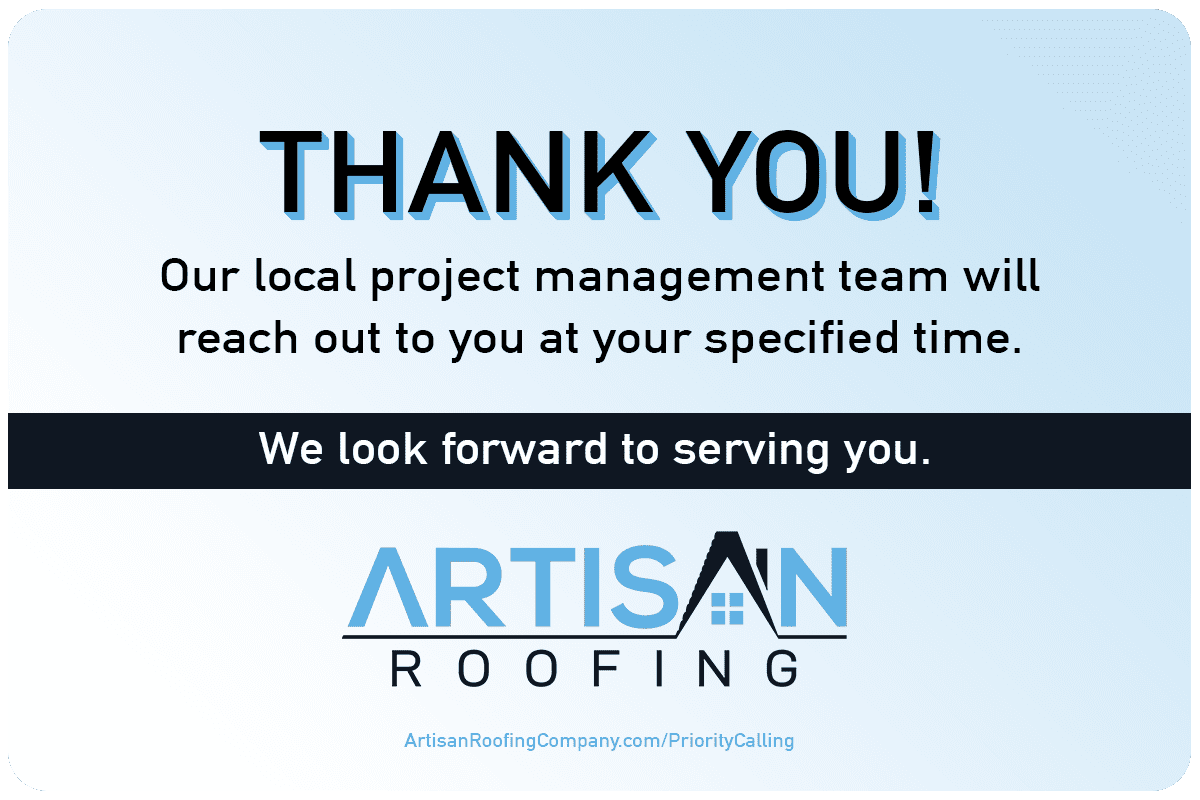Proper roof ventilation is a critical aspect of maintaining the health and longevity of your roof. It helps regulate temperature, reduce moisture buildup, and protect your home’s structural integrity. When roof ventilation is insufficient or improperly installed, it can lead to serious issues that compromise the lifespan of your roof.
Here’s an in-depth look at how inadequate roof ventilation can affect your roof and why it’s essential to address this issue.
1. Excessive Heat Buildup
In warmer months, an improperly ventilated attic traps heat, causing temperatures to soar. This excessive heat can:
- Warp Shingles: High temperatures cause roofing materials, particularly asphalt shingles, to warp, crack, or curl prematurely.
- Accelerate Aging: Constant exposure to intense heat accelerates the aging process of shingles, leading to frequent repairs or early roof replacement.
- Strain HVAC Systems: Heat buildup in the attic forces your air conditioning system to work harder, increasing energy costs and wear on your HVAC unit.
2. Moisture Accumulation
One of the most significant impacts of poor roof ventilation is moisture buildup, especially in colder months. Moisture can seep into the attic from daily household activities like cooking, showering, and laundry. Without adequate ventilation, this moisture has nowhere to escape.
The consequences include:
- Mold and Mildew Growth: Moist conditions create the perfect environment for mold and mildew, which can damage roofing materials and pose health risks to your family.
- Rotted Wood: Prolonged exposure to moisture weakens the wooden structures of your roof, such as rafters and decking, reducing their load-bearing capacity.
- Insulation Damage: Wet insulation becomes less effective, compromising energy efficiency and increasing heating and cooling costs.
3. Ice Dams Formation
In colder climates, insufficient ventilation contributes to the formation of ice dams. These occur when warm air from the attic melts snow on the roof, which then refreezes near the eaves.
Ice dams can:
- Prevent water from properly draining off the roof
- Cause water to seep under shingles, leading to leaks and structural damage
- Add unnecessary weight to the roof, increasing the risk of collapse
4. Shortened Roof Lifespan
A poorly ventilated roof cannot perform as designed. The combination of heat, moisture, and structural stress drastically reduces its lifespan. Homeowners may find themselves facing frequent repairs or complete roof replacement years earlier than expected.
How to Identify and Address Poor Roof Ventilation
Common signs of insufficient ventilation include:
- Higher-than-normal attic temperatures
- Noticeable moisture or condensation in the attic
- Visible mold, mildew, or wood damage
- Ice dams in winter
To ensure proper ventilation, work with a qualified roofing professional to assess your roof and install the necessary vents. These may include ridge vents, soffit vents, or gable vents, depending on your home’s design and climate.
The Importance of Proper Roof Ventilation
Proper ventilation is a small investment that can prevent costly repairs and extend the life of your roof. If you suspect your roof ventilation is insufficient, don’t wait for issues to arise. Contact a trusted roofing contractor to inspect and improve your system, protecting your home and your wallet for years to come.

